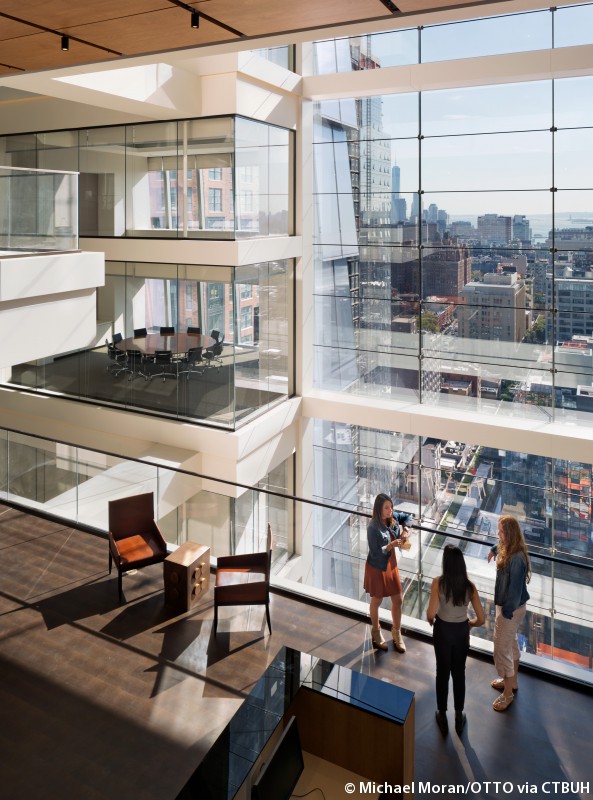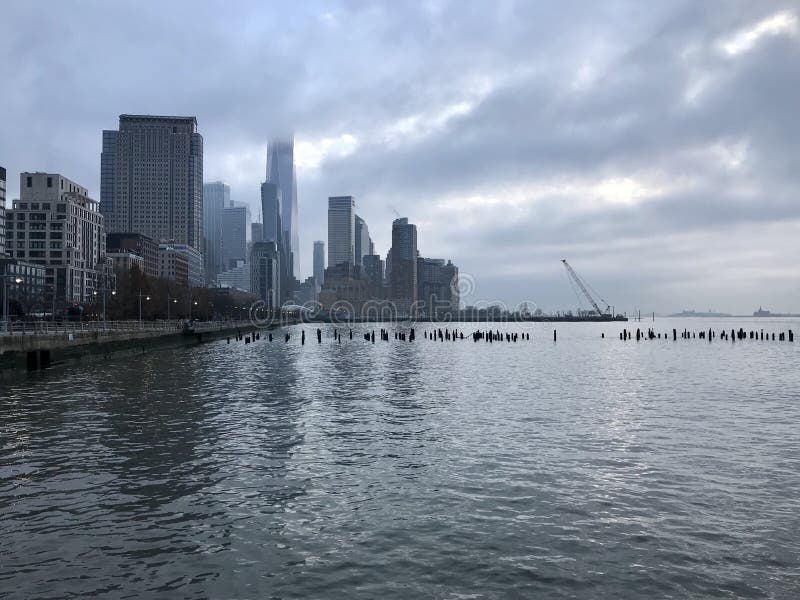
And only time will tell what kind of neighborhood it will shape up to be. Love it or hate it, Hudson Yards will forever impact the urban fabric of New York City.

Architecture critic Justin Davidson, writing in New York, deemed it “West Side Westworld.” The New York Times, for its part, criticized the tax breaks developers and business received, even as Amazon was scorned. Others have accused it of being a billionaire’s playground. Some have heralded Hudson Yards as an ambitious experiment in urban planning, sustainability, and smart infrastructure. Reviews, to say the least, have been mixed. What are the critics saying about Hudson Yards? This ultra-complex platform (which includes special ventilation, cooling, stormwater retention, and plant-friendly “smart soil”) weighs more than 35,000 tons and uses more than 25,000 tons of steel. To do this, engineers from Thornton Tomasetti, Langan, and Arup devised a ten-acre platform to support the development. In fact, Hudson Yards had to be constructed above 30 active Long Island Rail Road tracks, New Jersey Transit and Amtrak passageways, as well as the Gateway Tunnel. Childs of SOM and interior designer Tony Ingrao (35 Hudson Yards), Foster + Partners (50 Hudson Yards), and Elkus Manfredi Architects (the shops and restaurants). British designer Thomas Heatherwick oversaw the design of the Escher-like Vessel sculpture, while Nelson Byrd Woltz oversaw the landscape design of the main square. Diller Scofidio + Renfro and Rockwell Group are also a major force in the development, with the design of both 15 Hudson Yards and the Shed. The primary player is arguably KPF, which oversaw the development’s master plan and tower designs for 10, 30, and 55 Hudson Yards. Hudson Yards is home to projects by a bevy of big-name architects. Image courtesy Related/Oxford What big design names are involved with the Hudson Yards? The project was picked up by Related Companies in late 2009, which later formed a joint venture with Oxford Properties Group.ġ0 and 30 Hudson Yards (designed by KPF) flank a shopping mall, and are adjacent to Vessel (middle) and the Shed (foreground). Tishman Speyer won a bid to redevelop the area in 2008, but that petered out as a result of the recession. Though the effort (and a proposed West Side Stadium) was rejected in 2005, it catalyzed rezoning and the expansion of the 7 subway line. Though proposals for this parcel of land go back decades, surprisingly, much of the groundwork for today’s new neighborhood is the result of New York’s failed bid to host the 2012 Olympic games. How did New York come up with the idea to develop Hudson Yards? those that leverage data to monitor and manage urban areas. Even if you don’t live in New York, pay attention: Hudson Yards is seen as a cutting-edge model for the future of so-called smart cities, i.e. It is also expected to host more than 55,752 workers on a daily basis. Once completed, the site’s developers say, it will contribute some $19 billion annually to New York City’s GDP and generate more than $500 million in city tax revenue. The last development of this magnitude in New York was Rockefeller Center, completed 80 years ago. Hudson Yards is the biggest private real-estate development in U.S. When both phases are completed, in 2025, the development will encompass more than 18 million gross square feet of built space, with nearly 14 additional acres of open public space. Though specific design details have yet to be revealed, Western Yard will include additional residential, office, and retail space, as well as an elementary school. The first phase, Eastern Yard, is home to eight new buildings, including residential and commercial skyscrapers, public gardens, a massive shopping mall, and the Shed cultural center. The development is unfolding in two parts.

Hudson Yards is a 28-acre mixed-use development on Manhattan’s far West Side, bound by 34th and 30th street to the north and south, and by Tenth Avenue and the West Side Highway to the east and west.

Image courtesy Related/Oxford What is Hudson Yards NYC? A map of Hudson Yards' two phases, the Eastern Yard (which opened March 15, 2019) and the Western Yard (to be completed by 2025).


 0 kommentar(er)
0 kommentar(er)
